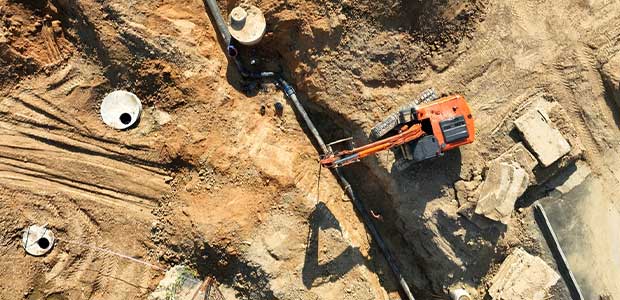
Excavation Company Faces Citations After Failing 3 Inspections
In the last five years, employees have been found exposed to trench hazards seven times, OSHA said.
- By Alex Saurman
- Mar 30, 2023
After failing three inspections in just two months, an excavation company is facing citations relating to trench safety.
According to a news release, in September and October 2022, OSHA inspected three sites (two in Bismarck, North Dakota, and one in Mandan, North Dakota) where employees of Bowers Excavating LLC were working in trenches, some as deep as 10 feet.
These inspections resulted in citations for lacking “an adequate protective system,” not providing a way for employees to enter and exit the trench, accumulated water in the trench and materials too close to the trench edges, per the citations. In total, OSHA cited Bowers Excavating LLC for three willful and four repeat violations and one serious violation and proposed $505,333 in penalties.
These inspections marked the seventh time in just five years that employees had been found exposed to trench hazards, per the news release.
"Since 2019, OSHA has repeatedly warned Bowers Excavating about the dangers of working in an unprotected trench. The idea that our inspectors found the company's owner actively supervising employees as they worked without required protection at two worksites in 2022 is very troubling, and shows a callous disregard for human life," said OSHA Regional Administrator Jennifer Rous in Denver in the news release.
OSHA found the company’s owner watching the employees as they worked in the trenches two times in 2022, the agency said.
"Bowers Excavating LLC accepted contracts and then brazenly ignored federal safety requirements. This company is making a losing bet with their employees' lives," Rous added. "They must immediately develop and use a comprehensive safety and training program before tragedy strikes."
About the Author
Alex Saurman is a former Content Editor for Occupational Health & Safety,who has since joined OH&S’s client services team. She continues to work closely with OH&S’s editorial team and contributes to the magazine.